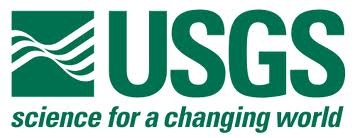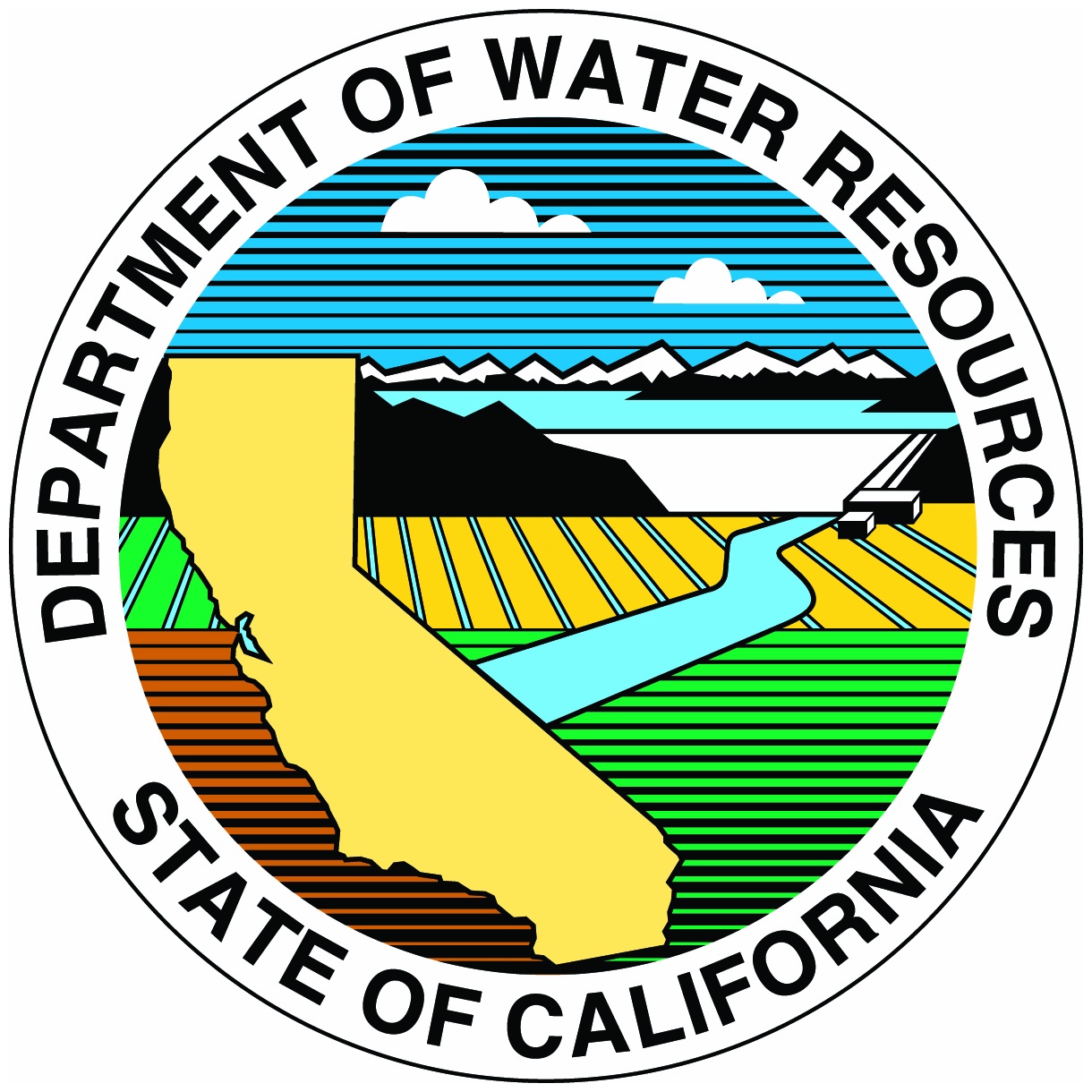Irrigation Efficiency
Spatial and Temporal Analysis of Irrigation Efficiency for the State of California




Abstract Conclusions Report Maps CALIIS Tutorial
Analyzing irrigation efficiency is important to assess its current state and estimate how much it has improved temporally and spatially, in the State of California. Irrigation efficiency (IE) is defined as the ratio of beneficial water use for a determined crop and applied water. The beneficial water use is the amount water beneficially used by the crop, such as evapotranspiration, water for removal of salts or climate control. The applied water is the quantity of water applied to a specific crop per unit area.
Figure 1. Overall Irrigation Efficiencies by Hydrologic Region for 2001 and 2010. (Maps Available here)
The research and products provided in this webpage are the results of an analysis of Irrigation Surveys (2001 & 2010) combined with theoretical IE values for different irrigation systems (furrow, sprinklers, drip irrigation, etc.). The combination of these data sets resulted in the spatial and temporal analysis of irrigation efficiency (Figure 1) that has been stored in the California Irrigation Information System (CALIIS) which is a geographic information system that contains data and results of this analysis.

Figure 2. Project Methodology
An abstract is available to provide a concise description of the project and results obtained. The maps and results presented in this project are documented in a report. First, the report provides a brief review of efficiency criteria used in irrigation. Then, it describes the framework, methods, statistical analysis, considerations and limitations of the irrigation efficiencies presented in maps. The report shows results of low, mean and high IE values by hydrologic region and by crop. The report includes 42 maps of irrigation efficiencies for the 10 hydrologic regions of California: 2 hydrologic region IE maps for 2001 and 2010 plus 40 maps of IE for 20 different crops (20 maps for 2001 and 20 maps for 2010). The Report also include conclusions and a tutorial, in appendix A, that explains how to use CALIIS.






